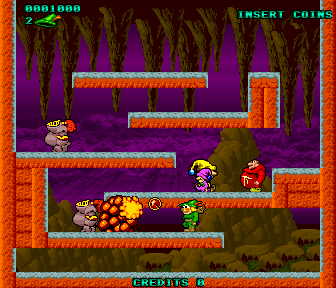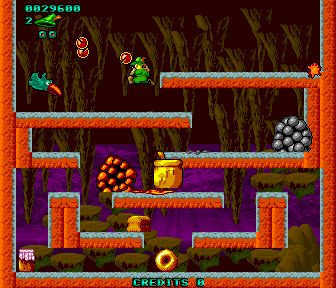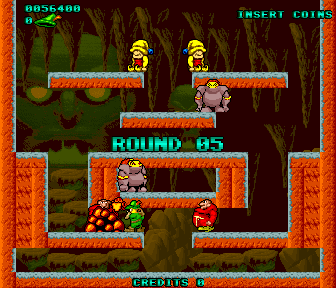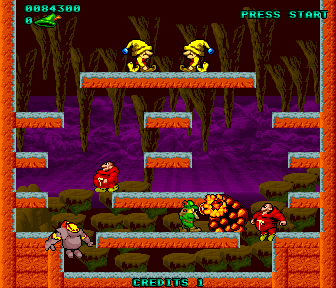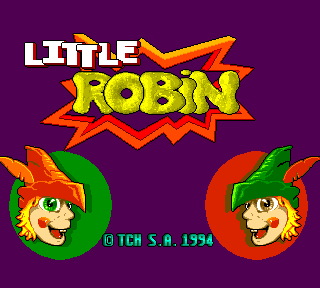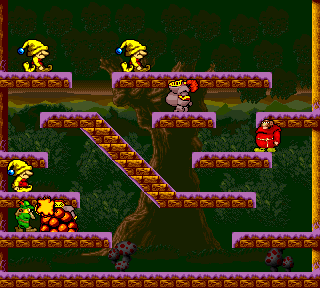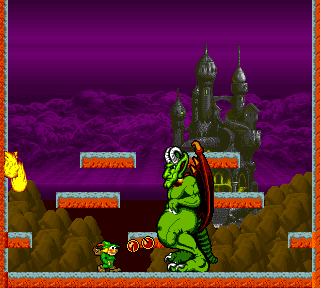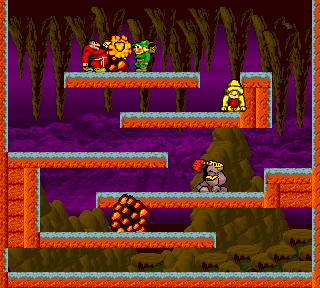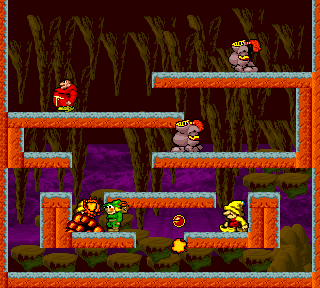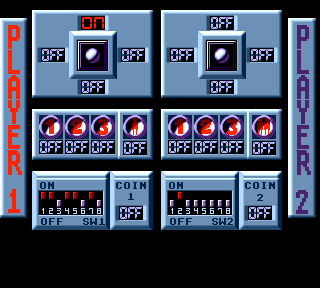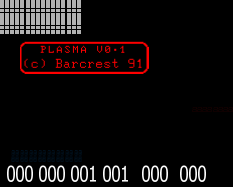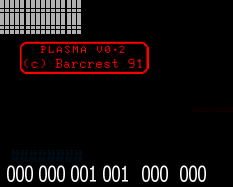It’s very easy to moan about people not giving back to MAME, and sometimes it really does feel like you’re throwing what you’ve created out there and people only really speak up when they have something to moan about.
Every project, in order to succeed however does need some form of user base, you need your testers, people following the project, people making sure everything actually works as intended and maybe it is natural that the majority of those only speak up when they actually have a problem.
Even so I’ve always been a fan of sites which do try to give a little back, even if it’s not in the form of code to directly advance the project it can be good to know that drivers are being used and thus tested, especially obscure ones. Part of MAME is about bringing history to the forefront, educating people on what came before, and for that reason review sites such as the MameZach one are of interest to me.
While he is no longer doing daily updates the previous reviews are all still accessible, with the occasional new one posted and they represent the views of a fairly regular guy playing some arcade games, not an expert by any means, but that’s part of what makes it interesting, it helps give some perspective on what your average arcade goer might have thought of some of the titles and with a focus on the less common ones it shows that there was life in the arcades beyond the obvious shout-out titles.
With that said, I suggest you check out the site, the reviews might not be in depth, but it is still a contribution, drop a few comments his way and continue the chain of giving back.
The other site I’ll mention has been something of a staple pin in the MAME community for a long time, and that site is MARP. It might appear crude and stuck somewhere in the late 90s in terms of site design but the site is the proverbial treasure chest of goodies. Game-breaking Tool Assisted replays might be all the rage these days, but MARP has none of that it’s just a good down to earth honest site where people can upload replay files recorded from MAME, and there are some *really* good ones in there.
Not all of them are recorded with current versions of MAME, which is a shame, but when they are they can be really useful for just watching a game be played properly, while keeping your eye open for bugs (some of which get reported when the replays are uploaded) Obviously it’s not always clear if a bug if an issue with the original game, or an emulation bug, but having a replay, and a clear reproducible way of seeing the bug in action for yourself at least gives you the first steps needed in order to start looking at it. Sometimes when it comes to fixing bugs simply having this is vital.
One replay which caught my eye recently, due to the bug report was an upload by player ‘WEDNESDAY’ for the game Mission Craft, the text alone didn’t really make the bug clear, but watching the replay demonstrates a rather unusual issue. Thanks to MAME’s –aviwrite feature I’ve converted this replay to a YouTube video (hopefully the uploader won’t mind, I’m sure it was uploaded for people to watch)
Mission Craft – MARP Replay – Player WEDNESDAY
Content not available.
Please allow cookies by clicking Accept on the banner
As you can see, after a couple of stages the music goes very quiet, and shortly after all sound stops working, and while the Q1000 sound emulation is still considered preliminary that’s still slightly unusual behaviour. The fun doesn’t end there tho, part way through the second loop the game developers a random pausing problem, whereby the game will continually pause every few seconds, with the CPU sitting idle, a state which is permanent until the game is turned off / reset. Assuming it’s not an original game bug it makes me wonder if it isn’t an issue with the Hyperstone timers, I have my doubts over their general accuracy anyway due to the weird game speed issues in Raccoon World, another Hyperstone CPU based game.
Anyway, if it wasn’t for that replay and people actually using the emulation code we write, that bug might never have been highlighted, and while I haven’t thus far been able to fix it, at least we have it on record now.
The same player also uploaded a replay for Semicom’s Wyvern Wings which runs on very similar hardware, but interestingly that suffers from no such problems and instead just makes for an awesome and seemingly bug-free replay. The sound is still preliminary because it uses the same sound chips as Mission Craft and the emulation is only a recent addition, but you can still hear the ripped off ‘Metallica’ tracks in a rather mangled form ;-) Replays like this are useful because quite often when emulating a game, unless you *know* there is some devious protection you won’t play it all the way through, having a good quality replay for the entire game makes it much easier to see the whole thing and if there are any graphical bugs you need to fix for example. In this case, things look good.
Wyvern Wings – MARP Replay – Player WEDNESDAY
Content not available.
Please allow cookies by clicking Accept on the banner
Of course replays don’t magically just work, they rely on the emulation being entirely deterministic, meaning the same set of inputs will always give the same outputs, something which frustratingly doesn’t always happen. Sometimes uninitialized variables can be the source of the non-deterministic behaviour, that’s never a good thing, in the past MAME’s sound output buffers were somewhat tied to the host soundcard meaning status registers could sometimes act differently, other times non-deterministic random number generators were used rather than the core ones, or actual emulation code was put in the video update functions causing things to vary with framerate which again is bad. That still doesn’t help me understand why some Kaneko games like Shogun Warriors and B.Rap Boys don’t want to record and playback properly, I’ve been through my checklist, even tidied the driver and devices up significantly in the last release and still they persist to not record and playback properly, even if you make sure to clear out your NVRAM beforehand. This is frustrating because I know there are hard to reproduce bugs in at least B.Rap Boys. Such frustrations are part of the rollercoaster of emulation I guess, I can only imagine the frustration of the player in the first replay demonstrated here when his game just freaked out mid-way through the 2nd loop, althougly thankfully that freakout was properly recorded!
Anyway, that’s drifting off-topic, I mainly wanted to highlight those two sites as examples of how simple bits of community effort, and people doing what they enjoy, or do well can actually be of benefit to MAME and while you might think it silly for me to highlight a site such as MARP which has been around forever I have a feeling that many newcomers are probably unaware of it.
Just remember, we put a lot of work into MAME, and sometimes it’s good to see people actually doing things and giving back a little in their own ways :-)
